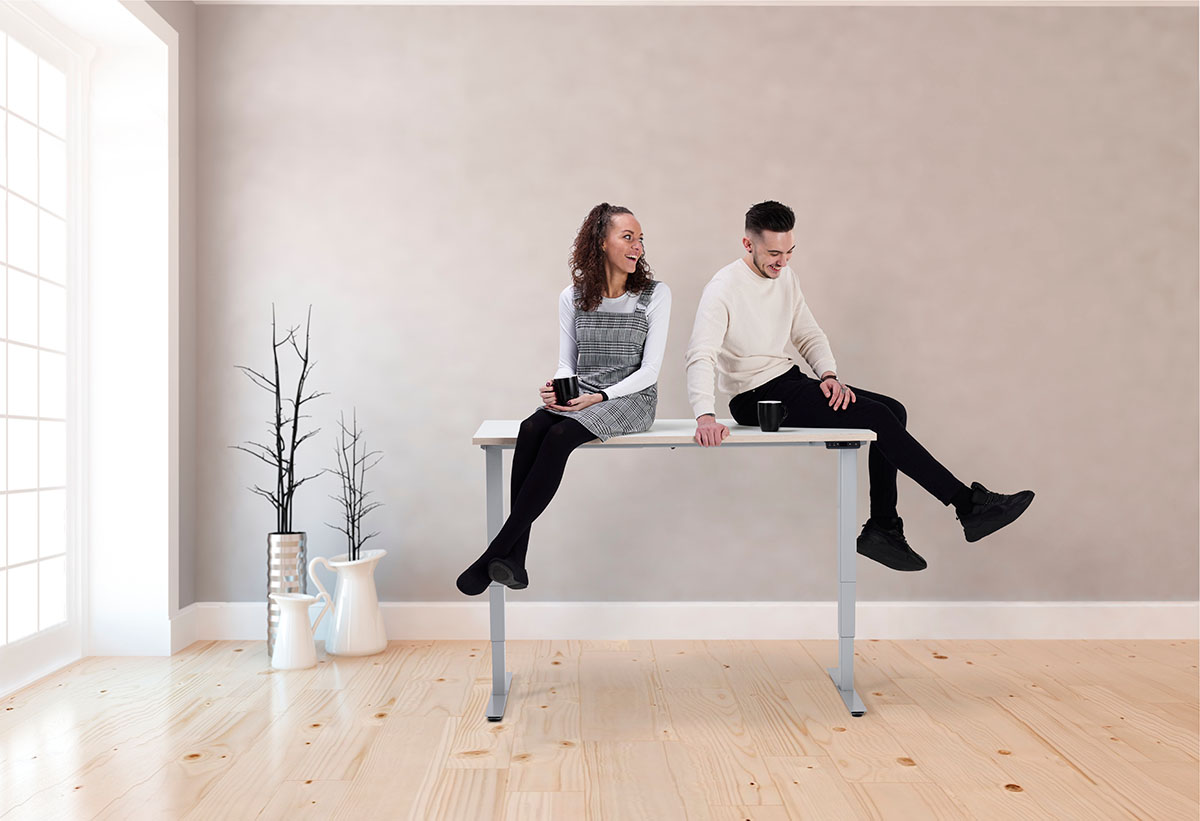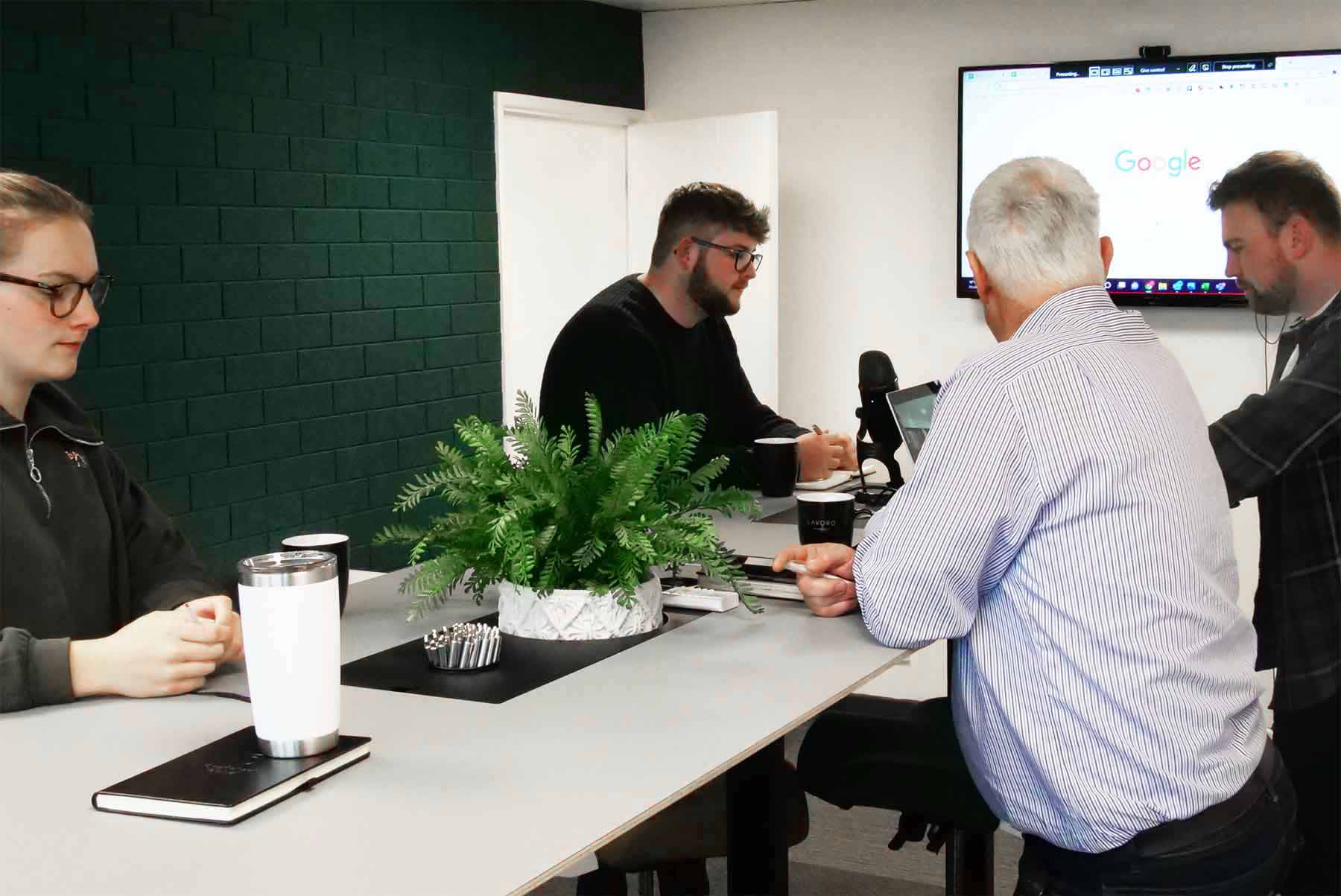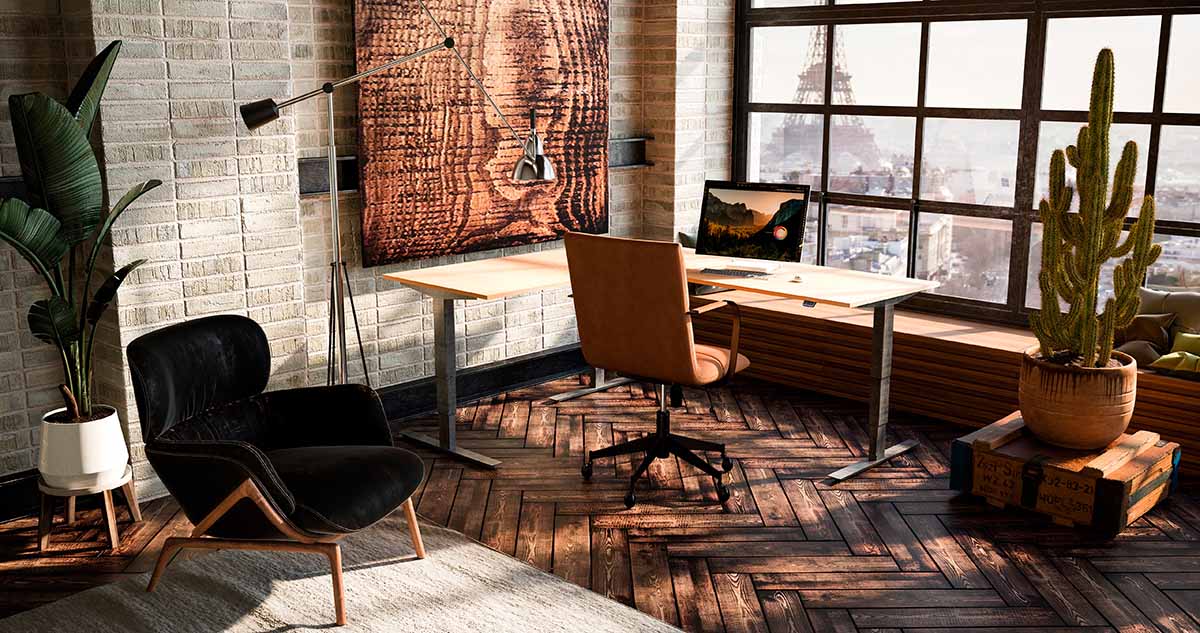What does the future of work look like? In 2022 everyone was being ushered back to the office, however it didn’t quite go as planned. The post pandemic era has brought about a much needed change; to design more human centred workplaces.
One of the main drivers for people going to the office is people. Face to face connections have been missing and people, Gen Z especially, are welcoming that part. We will see smart tech continue to grow helping improve employee wellbeing, efficiencies and create data sets to make better decisions in the future.
And the year’s hotly debated topic; where should all this work be done? There’s no one size fits all answer, and perhaps that is the biggest takeaway when designing your workplace. It can no longer be a space blanketed to meet the needs of the general populous. Below we discuss 3 workplace trends in 2023, starting with your biggest asset, people.
1. People
People are one of your most important assets and happy people are productive people. By centring workplaces around human needs with inclusive designs, you will be enriched with a far wider audience and talent pool. Design workplaces that cater to all areas of human needs and provide moments of quiet, privacy, collaboration, connection and socialisation. Ensuring there’s choice for your employees to decide on how best to get their work done also helps build better relationships.

- Manage your people with true intention. Create trust by holding employee wellbeing to high standards and understand everyone is different
- Connect with your teams, you don’t want to create an us and them culture. The HubSpot crew wrote a great article about bridging the connection gap
- Everyone has a personal and professional life and often have greater output when they have flexibility in how they get their work done
2. Tech
Did Metaverse take off as predicted? Not entirely, but that’s not to say it isn’t here to stay for now. During the Clerkenwell Open we saw UK studios already creating these spaces and inviting clients to engage in workplace design virtually. Smart phones, watches, furniture and so on, when used well, can provide useful data for future planning, improve mental and physical health, increase productivity and provide flexibility. However there is a flip side. More and more companies are turning to employee surveillance for remote workers, which can be detrimental to people’s wellbeing.
- Are you trying to quantify the output of an employee or is trust not in place? Surveillance and monitoring are two very different things
- How does air quality and environmental factors affect your employees wellbeing and productivity? The Chris Lewis Group created a great guide on trending tech in 2023
- Sound masking and sound absorption are key factors in creating an environment conducive for different ways of working

3. Place
There’s positive research on both sides to say flexibility AND getting people back to the office are good for wellbeing, creating connection and balance is key. In the 2020 UK Workplace Survey by Gensler, two thirds of people wanted flexible work and is on the increase. Four day week trials are coming to a close and reports say they are here to stay. Anna Whitehouse and co have been fighting for years on Flexappeal, and the bill just passed. Job seekers are increasingly looking for employers that promote flexibility and wellness. How can you find a balance?
- Break down job specifics to discover what tasks can be flexible. Not every part of every job can be done remotely, not every task can be done in a busy room
- When designing your future workplace consider things like movable and flexible furniture. A great example is the Client Earth workspace, where their front of house area becomes a yoga and wellbeing studio and the reception desk steps up to the job of bartender once business hours are done
- Be clear with your boundaries. Wherever you work from the home or office. Set expectations with your colleagues or home workers about what you need to do your job.

There is no doubt about it, a much more human centred and flexible workplace is the future. For more ways to create your workplace and improve employee wellbeing, head to our advice hub
